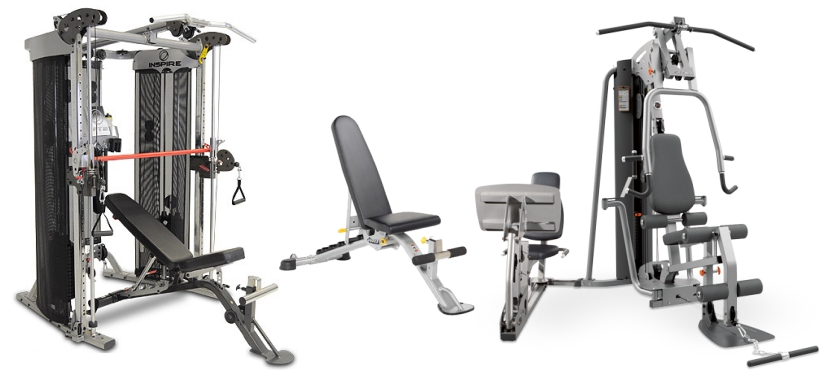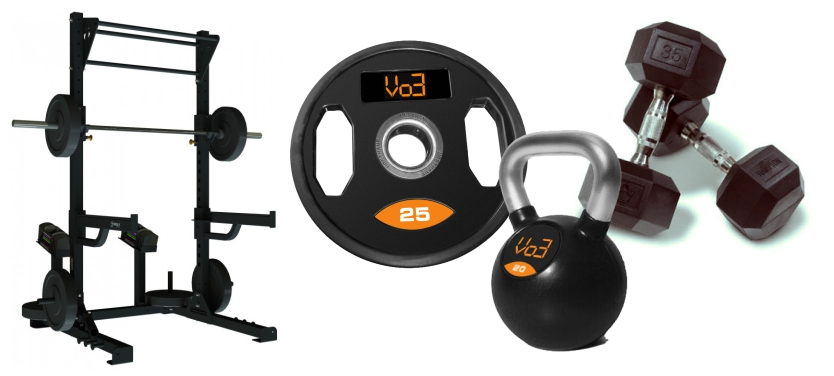
Many athletic people overlook the importance of increasing flexibility in favour of pursuits they deem to be more "active," such as cardio and weight lifting. Paying attention to flexibility, however, is also an important part of a well-rounded athletic routine as it keeps the body loose, limber and well-toned.
Fortunately, it's easy to increase flexibility and overall strength by incorporating yoga into your fitness routine. In addition to maintaining flexibility in the joints and priming the muscles for more intense physical activity, both of which decrease the risk of injury, yoga is great for mental well-being and lymphatic and digestive health.
Keep these benefits in mind when deciding if a yoga routine is right for you.
1. Yoga promotes positive hip hinge movement
Hip hinge movement is the pattern of flexion and extension throughout the hip joint. Especially important for runners, hikers, cross-fitters and people who enjoy kettle bell workouts, proper hip hinge movement lessens the chance of athletic injury by decreasing stress on the joint. Because yoga places such a stringent focus on knee, ankle, hip and sacrum alignment during static poses, it helps to strengthen and loosen the hip joints while also promoting healthy hip hinge movement that carries over into many activities.
2. Yoga improves flexibility
Let's face it -- some activities don't do much in the name of loosening our muscles. Yoga, on the other hand, focuses greatly on doing just that. Poses held for several rounds of breath serve to create a deep connection to the muscle tissue, encouraging it to relax and stretch. In fact, many people notice a 35 percent increase in their flexibility after only eight weeks of regular yoga practice.
3. Yoga provides strength training
Don't make the mistake of thinking that yoga is a passive exercise. Each pose is aimed at targeting a specific group of muscles and even the simplest poses, such as upward facing dog, can help tone muscles in the upper and lower body.
4. Yoga promotes good posture
The need for good posture isn't limited to sitting at a desk or the dinner table. Since yoga focuses so much on proper alignment and gradually strengthening muscle groups, it promotes better posture, which in turn promotes more synchronized body movements. Better posture benefits a myriad of activities, such as running, swimming and biking, and drastically decreases the likelihood of injuries.
5. Yoga improves heart, lymphatic and mental health
Yoga lowers blood pressure and slows the heart rate, which promotes healthy heart function. Additionally, many of the twisting poses are well-known to flush the lymphatic system, wringing out toxins and stimulating glands. Finally, the meditative aspect of yoga promotes relaxation, which decreases stress and promotes emotional and mental well-being.
Yoga is a multi-purpose practice that, although gaining popularity, is often overlooked within the athletic community. Those who commit to a regular yoga practice, however, will quickly find themselves leaner, more flexible, stronger and much more balanced. These are not the only benefits to yoga, and it has long been known that there are a variety of very good reasons to add yoga to your workout routine. Sign up for a yoga class today to explore what this ancient practice can bring to your wellness routine!
Article Courtesy of Precor.com







